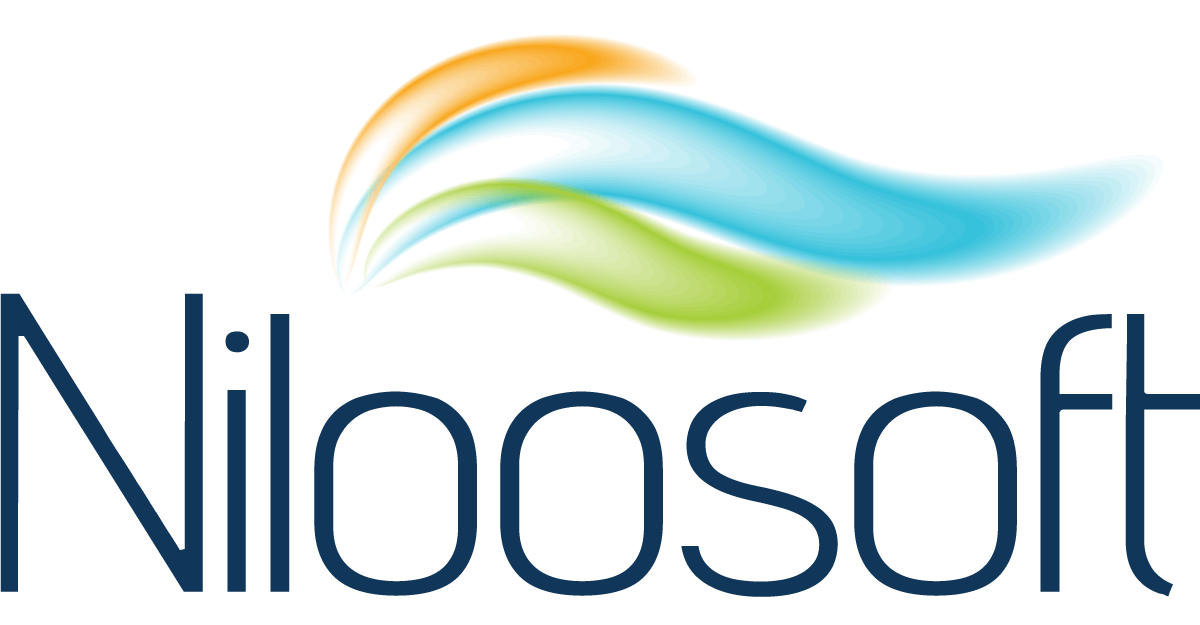With access now to a global pool of candidates, streamlining recruitment has never been more important. A recruitment system, also commonly called an Applicant Tracking System (ATS), can help you enhance the efficiency of your hiring processes to identify and hire top talent. If you’re considering a recruitment system for your organization, here are the many advantages you can expect.
What Are Recruitment Systems?
Recruitment systems are software applications that help human resource (HR) teams manage the recruitment process. Companies use recruitment systems to streamline time-consuming and challenging hiring tasks like posting job openings, sorting through candidates, and scheduling interviews. Advanced recruitment systems use machine learning and artificial intelligence (AI) tools to automate and streamline processes while improving the impact and effectiveness of hiring efforts. Recruitment systems are especially helpful for mass recruiting.
How Recruitment Systems Enhance Your Hiring Processes
A recruitment system has a lot of functionality, and you can deploy it for a variety of hiring purposes, including:
- Staying Compliant: Recruitment systems help you comply with governmental and organizational regulations by maintaining records of all candidate interactions and decisions.
- Posting Jobs: Recruitment systems enable employers to publish job listings across various job boards and social media platforms at the same time to reach a larger pool of candidates.
- Manage Candidate Resumes: A recruitment system stores and organizes resumes, making it easier to search for and filter candidates by their skills, experience, and education.
- Communicate With Candidates: Recruitment systems facilitate communication with candidates through automated emails and messages to keep them informed about the status of their applications.
- Track Candidates: Recruitment systems monitor candidates through every stage of the hiring process, from the initial application to the final decision, offering real-time status updates.
- Interview Scheduling: Recruitment systems integrate with calendar applications to coordinate interview schedules and send notifications to both candidates and interviewers.
Recruitment systems also track analytics throughout the entire process, providing insights to hiring managers and company leaders. With this information, teams can identify bottlenecks and improve their hiring strategies.
Eight Top Benefits Of Recruitment Systems
Recruiting system implementation offers companies a number of benefits for their hiring processes, including:
1.Reduce Time-Consuming Hiring Processes: Recruitment systems automate many time-consuming tasks, speeding up the hiring process and reducing the time needed to fill open positions.
2.Save Money: Automation reduces the need for extensive manual work, decreasing administrative costs and freeing up HR staff to concentrate on tasks that drive revenue and growth.
3.Create A Better Candidate Experience: Recruitment systems create a user-friendly application process that ensures a positive candidate experience, improving your organization’s reputation and attracting top talent.
4.Attract Better Quality Candidates: By using advanced algorithms and data analytics, recruitment systems attract and identify the best candidates more accurately, leading to higher-quality hires.
5.Stay Organized: Recruitment systems provide a centralized platform for storing and managing all candidate information, making it easier to track applicants and retrieve data when needed.
6.Facilitate Cross-Departmental Collaboration: Recruitment systems enhance cross-departmental collaboration by offering a platform where team members can communicate and share their evaluations of candidates.
7.Gain Deep Insights: Recruitment systems feature robust analytics and reporting tools you can used to gain insights on your hiring process, enabling data-driven decisions and the continuous improvement of recruitment strategies.
8.Meet Any Hiring Needs: Recruitment systems can easily scale to accommodate the hiring needs of growing organizations, keeping recruitment efficient and effective as the company expands.
Recruitment systems offer further benefits depending on the customization, integration with other tools, and your company’s hiring goals.
How To Successfully Implement A Recruitment System
Recruiting system implementation starts with a detailed implementation plan. The plan should outline the steps, timeline, and responsibilities of each team member. Next, you will work with the recruitment system developers to configure the system to match your organization’s workflows and preferences. You’ll customize fields, templates, and settings to ensure the system aligns with your recruitment process. Recruitment systems can then be integrated seamlessly with other HR tools like payroll and employee management systems, creating a cohesive HR ecosystem that enhances overall operational efficiency.
Next, you will transfer existing candidate data to the new system, making sure it is clean, accurate, and complete. Then, you will provide comprehensive training for all users, including HR staff, hiring managers, and recruiters. Finally, you will conduct thorough testing to identify and resolve any issues before going live. When you go live, you will roll out the system in phases to minimize disruptions while monitoring the launch closely and providing support to staff as they adapt to the new system.
A recruitment system offers significant advantages to businesses looking to streamline their processes. Our team at Niloosoft can help you learn more about recruitment systems and recruiting system implementation. At Our Hunter’s Edge, recruitment systems can be customized to your organization’s unique hiring needs and processes. Contact us now, and we’ll be happy to answer any questions.


